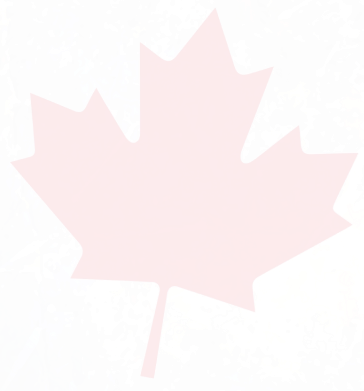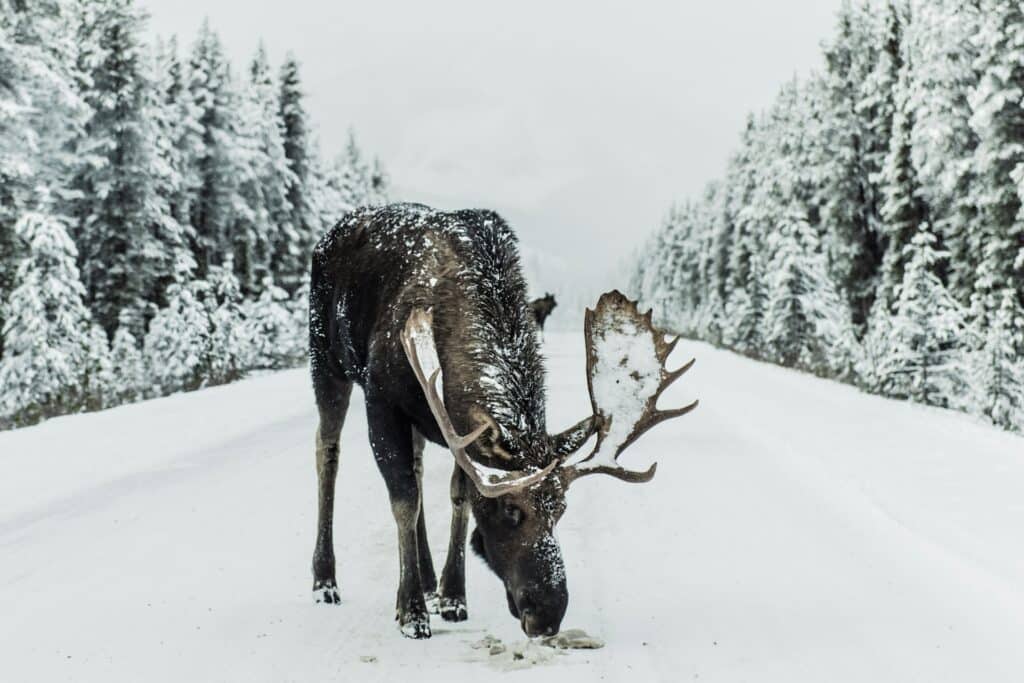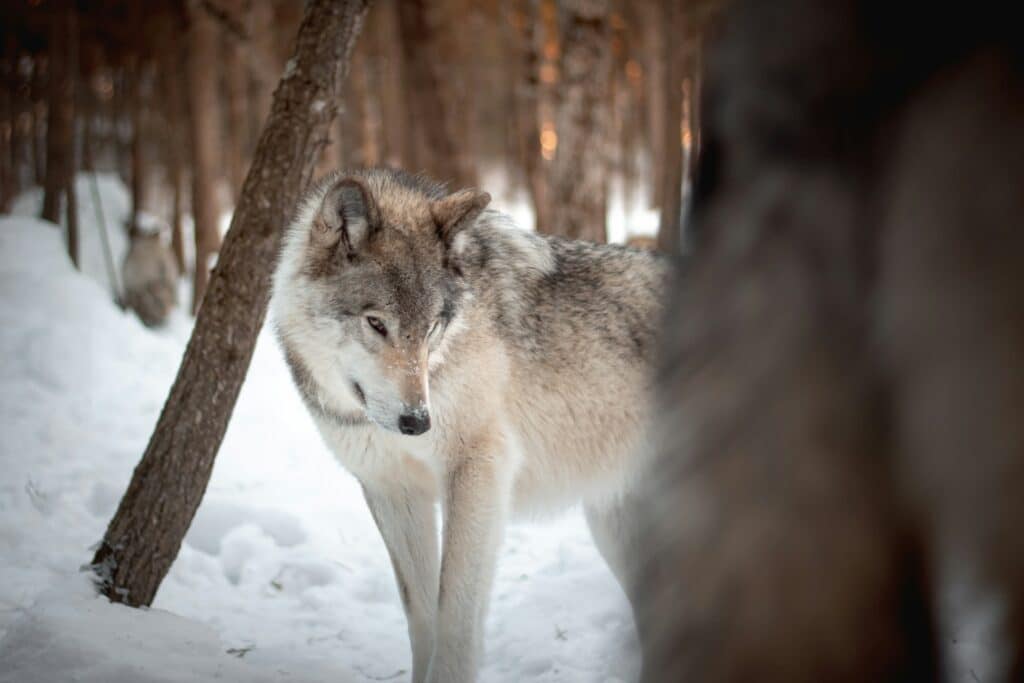
Canada is one of the world's most beautiful countries for wildlife exploration. With its vast wilderness, diverse ecosystems, and abundance of animals, Wildlife Canada is a paradise for nature lovers. Whether you want to see moose in the Ontario forests, orcas along the West Coast, or grizzly bears in the Rockies, Canada offers you the unique opportunity to observe these impressive creatures in their natural habitat.
In this blog post, you'll discover everything you need to know about Wildlife Canada. We'll discuss the best locations, what animals to expect, how to stay safe, and how to enjoy this wonderful experience in an environmentally friendly way.
Canada is the second-largest country in the world and boasts incredible biodiversity. From vast forests and glaciers to lakes and coastlines, each ecosystem is home to unique animals. Here are a few reasons why Wildlife Canada is a must-see:

These iconic parks in the Rocky Mountains are perfect for exploring Wildlife Canada. Here you can spot grizzly bears, black bears, bighorn sheep, and moose. Your chances of seeing animals are best in the early morning or at dusk. The Bow Valley Parkway and Maligne Lake are popular spots.
Churchill is called the "Polar Bear Capital of the World" for good reason. In the fall, hundreds of polar bears migrate along the Hudson Bay coast. In the summer, you can also spot belugas and even see the Northern Lights. This location is an absolute highlight for Wildlife Canada.
Whales and orcas can be spotted along the coast of Vancouver Island. Tofino is a great base for tours. In the island's forests, you might encounter black bears foraging along the rivers. Vancouver Island is a vital part of Wildlife Canada.
This park is known for its large moose population. Beavers, wolves, and loons (waterfowl) also make this park a favorite spot for nature lovers. Explore Algonquin's tranquil lakes by canoe to fully enjoy Wildlife Canada.
Cape Breton's rugged coastline and forests are ideal for spotting animals like bald eagles, seals, and whales. Drive along the famous Cabot Trail for panoramic views and amazing Wildlife Canada moments.
In Canada's remote north, you'll find Kluane National Park, where you can see grizzly bears, wolves, and caribou. This park offers not only a unique opportunity to experience Wildlife Canada but also to enjoy one of the world's most pristine natural areas.

Many animals are most active in the early morning or at dusk. Plan your outings during these times for the best chance of seeing them.
Animals are often shy, so the less noise you make, the better. Sometimes it can take hours to spot an animal, but Wildlife Canada is worth the wait.
A good pair of binoculars or a telephoto lens will help you observe animals from a safe distance, allowing you to fully enjoy Wildlife Canada.
Some animals, such as polar bears and whales, are best seen at specific times of the year. Do your research beforehand to determine the best time to visit Wildlife Canada.
A local guide knows the best spots and where animals are often found. This increases your chances of success and makes Wildlife Canada even more impressive.
Admiring wildlife in their natural habitat is an unforgettable experience, but it also comes with responsibilities. To ensure your adventure remains safe for both you and the animals, it's important to follow a few safety guidelines. Here are some comprehensive tips to ensure your experience with Wildlife Canada is safe and enjoyable.
It can be tempting to get closer to an animal for a better photo or to admire it up close, but it's essential to always maintain a safe distance. Even animals that appear calm or friendly can react unpredictably if they feel threatened. Use binoculars or a telephoto lens to observe them from a distance. This not only protects you but also prevents the animal from experiencing stress. Remember, this is their habitat, and respecting their space is crucial.
In bear country, food management is vital. Bears' keen sense of smell can attract them to your camp if you don't store food properly. Use scent-free containers or special bear-proof containers often recommended in national parks. Store these containers at least 50 meters away from your sleeping area and avoid preparing strong-smelling food. This will prevent animals from being attracted to your camp and minimize the risk of dangerous encounters.
National and provincial parks in Canada have established clear rules and guidelines to protect both visitors and animals. These guidelines often include instructions on safe distances, food storage, and walking routes. Following these rules not only ensures your own safety but also helps maintain the delicate balance of these ecosystems. Do your research before your visit and heed warnings from park rangers or guides.
If you encounter a large animal like a bear, moose, or wolf, it's important to remain calm. Running or sudden movements can provoke an animal. Give the animal space by backing away slowly and avoid eye contact, which can be perceived as a threat. In many cases, the animal will ignore you or walk away if it doesn't feel threatened. Have you accidentally surprised a bear? Stay calm, make yourself look large, and speak in a calm voice as you slowly back away.
In remote areas where Wildlife Canada often operates, help may not always be readily available. Make sure you have a first aid kit with you and learn the basics of first aid. In some regions, especially where bears are common, it may be wise to carry bear spray. Practice using it safely and effectively beforehand.
By following these simple but essential safety guidelines, you can enjoy the wonders of Wildlife Canada while ensuring both you and the animals stay safe. Respecting nature and its inhabitants is key to an unforgettable and responsible experience.

Take all your trash with you and minimize your contact with nature. This is an important step in preserving the beauty of Wildlife Canada.
Stay on trails and do not get too close to animals or their nests.
Choose guides and operators who work sustainably and respect nature. This ensures that Wildlife Canada is preserved for future generations.
Wildlife Canada is an experience you'll never forget. It's a unique opportunity to see wild animals in their natural habitat, surrounded by some of the world's most beautiful landscapes. Whether you spot a bear in the Rockies, an orca off Vancouver Island, or a moose in a tranquil Ontario lake, every encounter is a moment to cherish. What's more, Wildlife Canada offers you a deep connection with nature and a new appreciation for the world around us.
Grab your binoculars, lace up your hiking boots, and get ready for an unforgettable adventure with Wildlife Canada!
Canada is one of the world's best destinations for nature lovers. The country offers unparalleled opportunities to observe wildlife in its natural habitat. With vast wilderness and incredible biodiversity, Wildlife Canada is an experience not to be missed.
From grizzly bears in Banff and polar bears in Churchill to orcas along Vancouver Island and moose in Algonquin Park, the possibilities are endless. National parks, coastal areas, and remote wilderness areas offer the perfect locations to spot animals like wolves, whales, and bald eagles. The key to successful wildlife viewing is timing, silence, patience, and following the seasons. Local guides and tours can increase your chances of seeing these impressive creatures.
Safety is paramount during Wildlife Canada. Always maintain distance, store food safely, and follow park guidelines to protect both yourself and the animals. Preparation, such as carrying bear spray in bear-prone areas and knowing emergency procedures, is crucial.
Respecting nature and minimizing your impact is just as important. Choose eco-friendly tours and leave no trace to preserve the delicate ecosystem.
Wildlife Canada offers not only spectacular animal encounters but also a deep connection with nature. Whether you see a bear in the Rockies or an orca along the coast, every encounter is unforgettable. Get out there and experience the magic of Wildlife Canada!
Canada is one of the world's largest countries and home to enormous biodiversity. With its vast forests, lakes, mountains, and coastlines, Canada provides habitat for unique animals such as bears, moose, orcas, and wolves. The breathtaking landscape makes wildlife watching extra special.
The best locations are:
Banff and Jasper National Park (Alberta): Grizzly bears, elk, and bighorn sheep.
Churchill (Manitoba): Polar bears and belugas.
Vancouver Island (British Columbia): Orcas, whales and black bears.
Algonquin Provincial Park (Ontario): Moose, beavers and wolves.
Cape Breton Highlands (Nova Scotia): Sea eagles and whales.
Kluane National Park (Yukon): Grizzly bears, wolves and caribou.
In Canada you can spot a large number of animals, such as:
Bears: Grizzly bears, black bears, and polar bears.
Large mammals: Moose, caribou and wolves.
Sea life: Orcas, whales, seals and sea lions.
Birds: Sea eagles, snowy owls and loons (waterfowl).
Go out early in the morning or late at night, when animals are most active.
Be quiet and patient, as many animals are shy.
Use binoculars or a telephoto lens to observe animals safely from a distance.
Follow the seasons, as certain animals are only visible at specific times.
Book a guide or tour for a greater chance of seeing animals.
Safety is important:
Always keep a safe distance from animals.
Store food properly and use bear-proof containers in bear areas.
Follow national and provincial park guidelines.
Do not make sudden movements when you see animals.
Carry bear spray in remote areas and be prepared for emergencies.
Leave no trace and take your rubbish with you.
Please respect animal habitat by staying on trails and not disturbing animals.
Choose sustainable and environmentally friendly tours that protect nature.
Wildlife Canada offers you the unique opportunity to see animals in their natural habitat, surrounded by breathtaking landscapes. Whether you see a bear in the Rockies, an orca off Vancouver Island, or a moose in the lakes of Ontario, every encounter is special and unforgettable.
